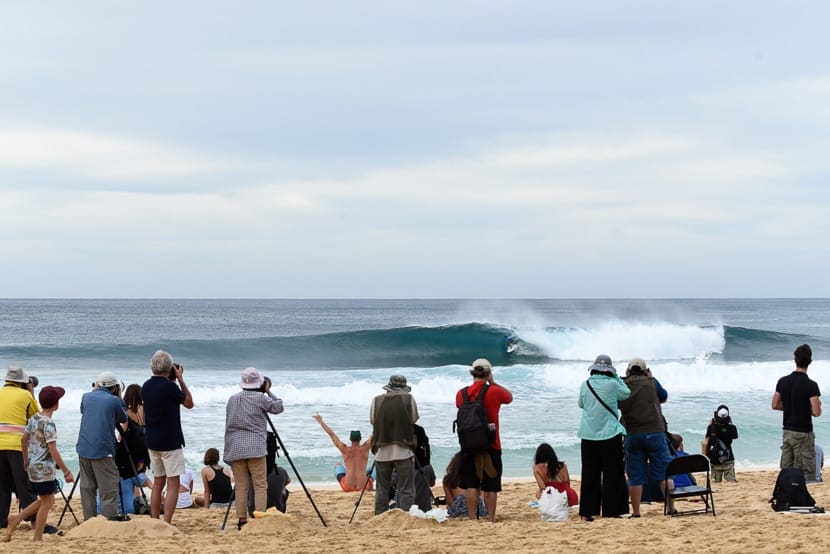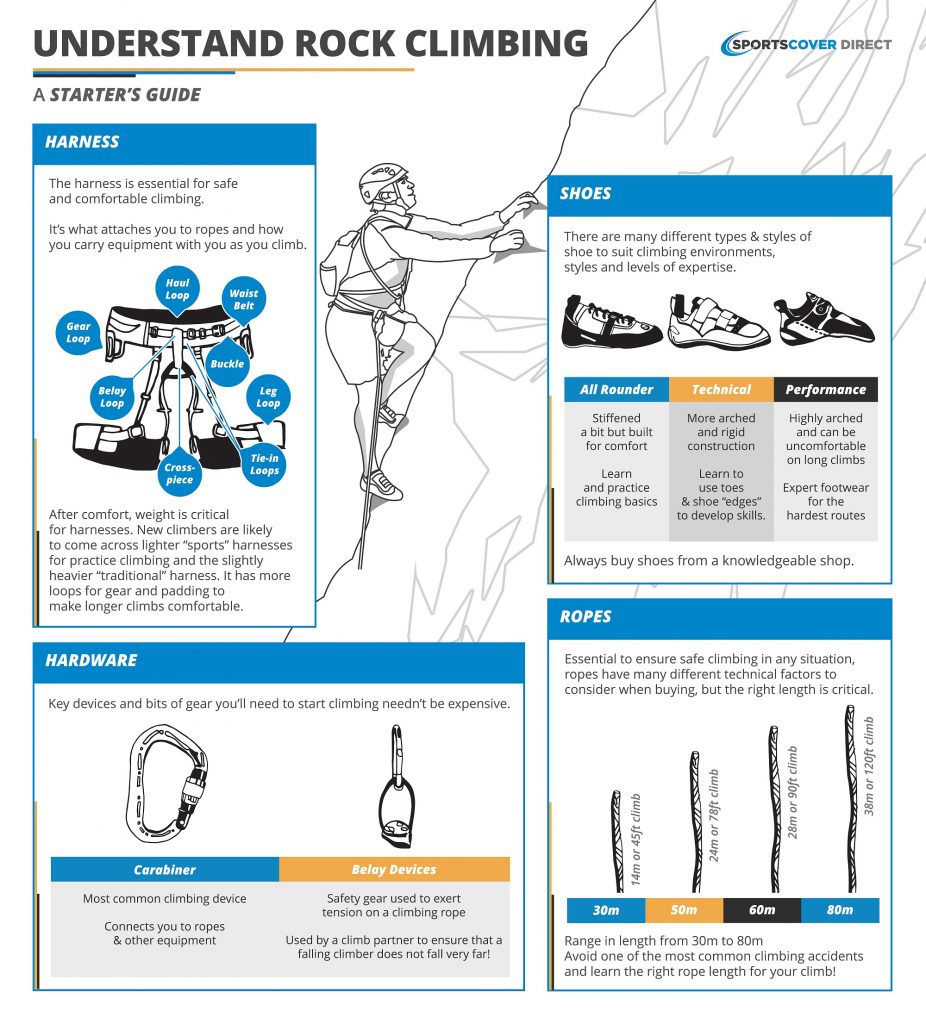
Badminton Training Plan for Beginners: A Comprehensive Guide
Badminton, a fast-paced and engaging racquet sport, offers a fantastic full-body workout and a rewarding challenge for players of all levels. If you’re a beginner looking to embark on your badminton journey, a structured training plan is crucial for building a solid foundation, improving your skills, and preventing injuries. This comprehensive guide outlines a beginner-friendly badminton training plan, encompassing physical conditioning, skill development, and strategic game play.
Phase 1: Building the Foundation (Weeks 1-4)
This initial phase focuses on establishing a baseline level of fitness and introducing fundamental badminton techniques. The emphasis is on gradual progression to avoid burnout and injury.
1. Physical Conditioning:
- Cardiovascular Endurance: Begin with 2-3 sessions per week of moderate-intensity cardio, such as brisk walking, jogging, or cycling for 30-45 minutes. The goal is to improve stamina and endurance, essential for sustaining energy throughout a badminton match.
- Strength Training: Incorporate 2 sessions per week of bodyweight exercises targeting major muscle groups. Focus on:
- Squats: Develop leg strength for powerful jumps and quick movements.
- Lunges: Improve leg stability and balance.
- Push-ups: Strengthen chest, shoulders, and triceps.
- Plank: Enhance core strength for stability and power generation.
- Crunches: Strengthen abdominal muscles for core stability.
- Flexibility and Mobility: Dedicate 1-2 sessions per week to stretching and mobility exercises. Focus on dynamic stretches (movements like arm circles and leg swings) before workouts and static stretches (holding stretches) after workouts. This improves range of motion and reduces injury risk.
2. Skill Development:
-
Grip: Learn the correct grip for both forehand and backhand shots. Proper grip is crucial for generating power and control.
-
Footwork: Practice basic footwork patterns like the "T" position and sideways shuffles. This is fundamental for quick court coverage.
-
Basic Strokes: Focus on mastering the following strokes:
- Forehand Clear: A high, deep shot that pushes the shuttlecock to the back of the opponent’s court.
- Backhand Clear: The same as the forehand clear, but executed with the backhand.
- Forehand Drive: A fast, flat shot hit horizontally across the net.
- Backhand Drive: The same as the forehand drive, but executed with the backhand.
- Serve: Practice various serves, starting with an underarm serve.
-
Shuttlecock Control: Spend time practicing hitting the shuttlecock consistently and accurately to different areas of the court. Use a wall or a partner for this drill.
3. Game Play:
- Singles Practice: Begin with short rallies focusing on accuracy and consistency. Gradually increase the rally length as your skills improve.
- Doubles Practice: If possible, practice doubles to learn court positioning and coordination with a partner.
Phase 2: Skill Refinement and Tactical Awareness (Weeks 5-8)
This phase builds upon the foundation established in Phase 1, focusing on refining techniques, improving tactical awareness, and increasing the intensity of training.
1. Physical Conditioning:
- Cardiovascular Endurance: Increase the duration and intensity of your cardio sessions. Consider interval training (alternating high-intensity bursts with periods of rest) to improve your anaerobic capacity.
- Strength Training: Progress to more challenging strength exercises, incorporating weights or resistance bands if comfortable. Increase the number of repetitions and sets. Focus on exercises that mimic badminton movements, such as plyometrics (jump training).
- Agility and Speed: Incorporate agility drills like cone drills and ladder drills to improve your quickness and court coverage.
2. Skill Development:
- Advanced Strokes: Learn more advanced strokes such as the drop shot, net shot, and smash. Focus on developing power and control in these shots.
- Shot Selection: Begin to develop strategic shot selection, anticipating your opponent’s movements and choosing shots that exploit their weaknesses.
- Footwork Refinement: Practice more complex footwork patterns, incorporating quicker changes of direction and more efficient movements.
- Serve Variations: Experiment with different serve types to increase your attacking options.
3. Game Play:
- Match Play: Start playing more competitive matches against other beginners or slightly more experienced players. Focus on applying your skills and developing match strategies.
- Tactical Drills: Incorporate drills that focus on specific tactical aspects of the game, such as attacking at the net or defending against smashes.
Phase 3: Advanced Techniques and Match Strategy (Weeks 9-12)
This final phase aims to refine advanced techniques, develop a comprehensive match strategy, and improve overall performance.
1. Physical Conditioning:
- High-Intensity Interval Training (HIIT): Incorporate HIIT workouts to maximize your fitness gains.
- Strength Training: Continue progressing your strength training program, focusing on functional strength that directly translates to badminton movements.
- Plyometrics: Increase the intensity and complexity of your plyometric exercises to further improve power and explosiveness.
2. Skill Development:
- Mastering Advanced Strokes: Refine your technique in advanced strokes, focusing on consistency and power.
- Developing Deception: Learn to deceive your opponent with variations in shot speed, trajectory, and direction.
- Reading Opponents: Develop the ability to anticipate your opponent’s shots and react effectively.
3. Game Play:
- Competitive Matches: Play more competitive matches against a wider range of opponents to gain experience and test your skills.
- Game Analysis: Review your matches to identify areas for improvement in your technique, strategy, and fitness.
- Strategic Planning: Develop a comprehensive match strategy, including different plans for different opponents.
Important Considerations:
- Rest and Recovery: Allow for adequate rest and recovery between training sessions to prevent overtraining and injuries.
- Nutrition: Maintain a healthy diet to fuel your training and support muscle recovery.
- Hydration: Stay properly hydrated throughout your training sessions.
- Listen to Your Body: Pay attention to your body and take rest days when needed.
- Professional Guidance: Consider seeking guidance from a qualified badminton coach for personalized instruction and feedback.
This comprehensive training plan provides a structured approach to learning badminton as a beginner. Remember to be patient, persistent, and enjoy the process. With consistent effort and dedication, you will steadily improve your skills and experience the rewarding challenge and excitement of badminton. Remember to always prioritize proper form to avoid injuries and maximize your progress. Good luck and have fun on the court!



